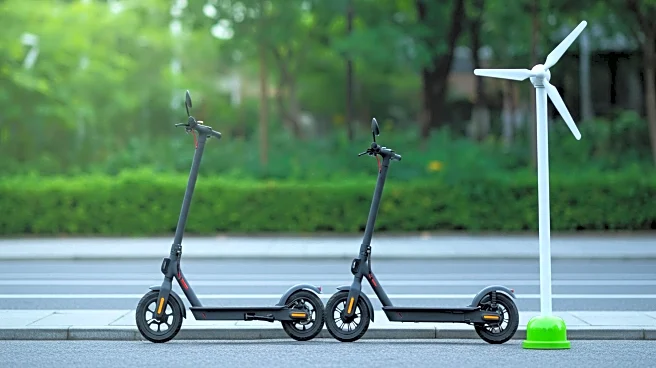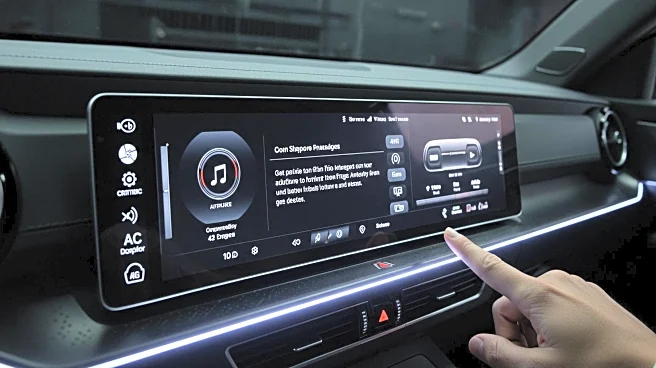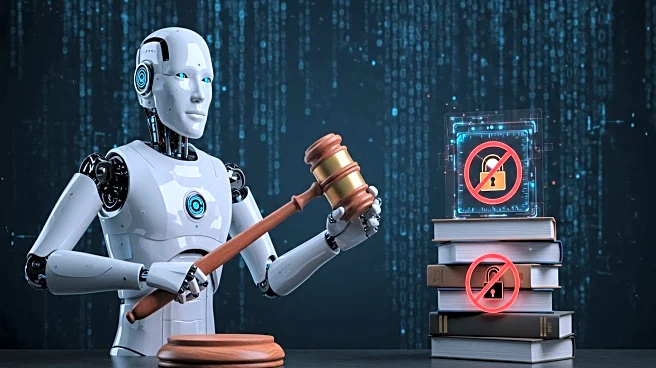What's Happening?
The increasing popularity of reusable water bottles among students has sparked a debate among educators regarding their impact on classroom dynamics. As the water bottle industry grows, with market predictions reaching $15.6 billion by 2032, these items have become a common sight in schools. Educators express concerns over potential disruptions caused by water bottles, which can be noisy or even used as weapons. Some teachers have implemented strategies to minimize these disruptions, such as having students store bottles at the front of the class. Despite these concerns, a majority of educators in a recent poll support allowing students to carry water bottles, citing the importance of hydration and the practicality of having water readily available.
Why It's Important?
The debate over water bottles in classrooms highlights broader issues of classroom management and student behavior. While hydration is essential for student health and concentration, the potential for disruptions poses challenges for educators striving to maintain a conducive learning environment. The discussion also touches on socio-economic factors, as trendy water bottles may signal disparities in student access to popular items. This issue underscores the need for balanced policies that address both educational needs and classroom order, while considering the diverse backgrounds of students.
What's Next?
Schools may need to develop clear policies regarding water bottles to balance the benefits of hydration with the need for classroom order. Educators might explore innovative solutions, such as designated storage areas or specific times for water breaks, to minimize disruptions. As the trend continues, schools could also consider addressing socio-economic disparities by ensuring all students have access to necessary items without stigma. The ongoing dialogue among educators, students, and parents will likely shape future policies and practices in schools.
Beyond the Headlines
The water bottle debate may reflect broader cultural shifts in schools, where trends and social media influence student behavior and preferences. This phenomenon could lead to increased attention on how external factors impact educational settings and student interactions. Additionally, the focus on water bottles may prompt discussions on environmental sustainability, as reusable bottles offer an eco-friendly alternative to single-use plastics.











